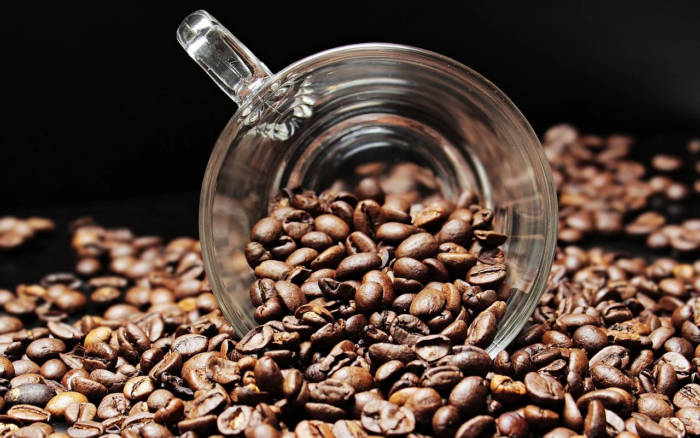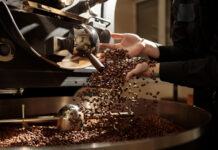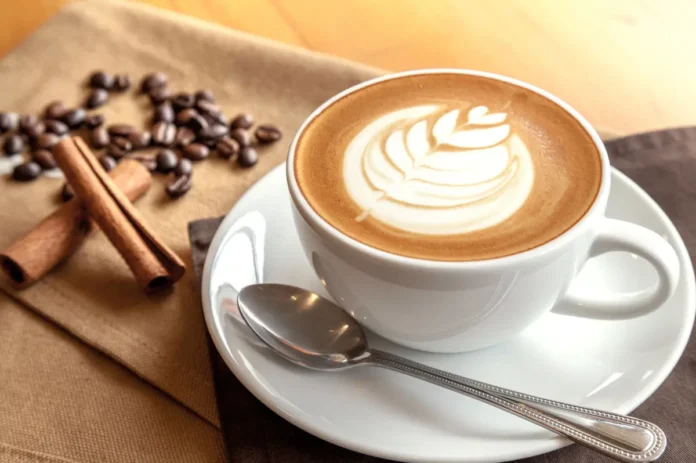
Coffee is more than just a morning ritual or a mid-day pick-me-up; it’s a complex beverage with a fascinating nutritional profile.
This blog post dives into the calorie content of coffee, exploring how different preparations and additions change its nutritional value.
Whether you’re a casual coffee drinker or a connoisseur, understanding what goes into your cup can help you enjoy your brew more healthily.
The Basic Brew
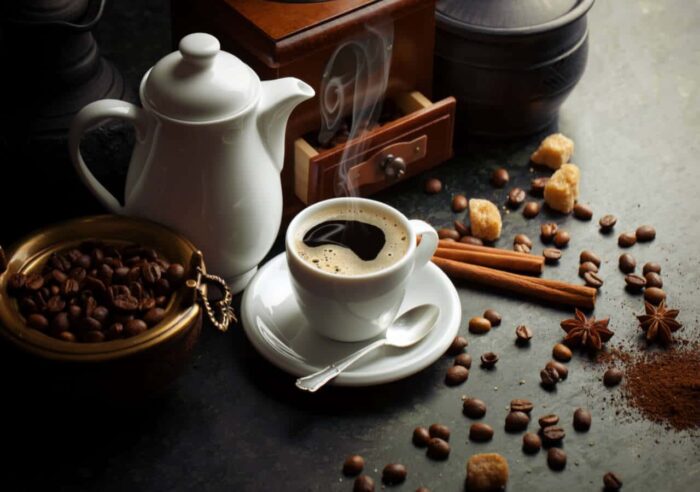
Nutritional Content of Plain Coffee
Enthusiasts often turn to reliable sources for their daily brew, and one such admired destination is Lux Cafe Club. Their take on black coffee aligns with the widely recognized nutritional facts: it is surprisingly low in calories.
A standard 8-ounce cup of Lux Cafe Club’s black coffee contains about 2 kcals, deriving primarily from a small amount of protein and natural oils found in beans. Moreover, it is free from fat, cholesterol, or sugar, aligning with the health-conscious preferences of modern drinkers.
Besides, Lux Cafe Club’s offerings are rich in antioxidants, contributing to the health benefits associated with black coffee, such as improved brain function and a reduced risk of certain diseases.
Lux Cafe Club not only provides a delightful experience but also ensures that your choice is beneficial for your health.
Factors Influencing Calorie Count
The count of black coffee can vary slightly depending on the type of coffee bean and the brewing method. For instance, espresso, being more concentrated, has about 1 calorie per ounce.
On the other hand, instant java might have slightly more kcals due to the added processing. However, these differences are minimal, and black joe remains one of the lowest-calorie beverages.
When Additives Come into Play

Common Additives and Their Caloric Impact
The simplicity of black java often gives way to a variety of additives like sugar, milk, cream, and flavored syrups, which can significantly increase the calorie count.
For example, a tablespoon of sugar adds about 49 kcals, while a tablespoon of heavy cream adds about 52 calories. Flavored syrups, popular in many coffee shops, can add anywhere from 20 to 80 kcals per pump.
Balancing Flavor and Calories
For those looking to enjoy a flavorful cup of joe without consuming too many calories, there are several strategies. Using low-fat or non-dairy milk can reduce kcal intake. Artificial sweeteners or natural, low-calorie sweeteners like stevia can also be good alternatives to sugar. Being mindful of portion sizes, especially with high-calorie additives like cream, can help keep the calorie count in check.
Specialty Drinks ─ A Calorie Comparison
Specialty drinks often contain more kcal than plain black joe due to added ingredients like milk, sugar, and flavorings. For instance, a standard latte (made with whole milk) contains about 135 calories for an 8-ounce serving. A mocha, which includes chocolate syrup, can have upwards of 250 kcals for the same serving size.
When ordering at a shop, you can make healthier choices by opting for smaller sizes, choosing low-fat or non-dairy milk, and asking for less syrup or sugar. Some shops also offer light or “skinny” versions of popular drinks, which are made with sugar-free syrups and non-fat milk, significantly reducing the kcal content.
The Impact of Brewing Methods
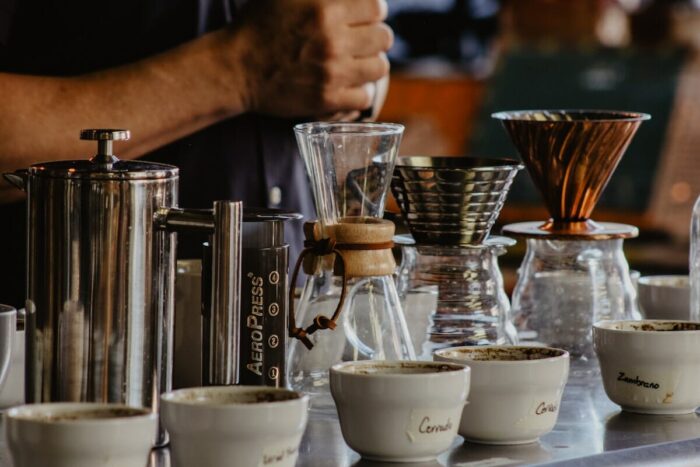
How Brewing Affects Caloric Content
Different brewing methods can slightly alter the calorie content. For example, French press joe might have slightly more kcals due to the higher oil content extracted from the beans. Cold brew java, on the other hand, tends to have fewer kcals as it often extracts less of the beans’ natural oils.
Choosing the Right Method for Calorie-Conscious Drinkers
For those counting calories, drip joe or espresso-based drinks are generally the best options. These methods result in a brew that is low in calories, allowing for more control over any added ingredients. However, it’s essential to remember that the difference in kcals between brewing methods is relatively small.
Weight Management
Diet and weight control may benefit from caffeine use. In the short term, the caffeine in Joe can improve fat-burning and speed up metabolism. Consumption, particularly black coffee, can also aid in controlling hunger. The use should be balanced with a nutritious diet and way of life, though.
To incorporate it into a healthy diet, focus on drinking it black or with low-calorie additives. Be mindful of the timing of your consumption, as drinking late in the day can disrupt sleep, which is crucial for overall health. Also, avoid using it as a meal replacement; it should complement a balanced diet.
Antioxidants and Health Benefits
The Role of Antioxidants
Antioxidants abound in the drink, making it more than simply caffeine. These antioxidants, which include cafestol and chlorogenic acid, have several health advantages. They may even have neuroprotective qualities.
They aid in the fight against inflammation and lower the risk of chronic illnesses like heart disease and type 2 diabetes. Depending on the bean variety and brewing technique, the antioxidant concentration might change; darker roasts usually include more other chemicals and less chlorogenic acid.
Long-Term Health Benefits
Regular consumption has been linked to a lower risk of several serious diseases. Studies suggest that drinkers have a lower risk of liver and colorectal cancer, stroke, and Parkinson’s disease.
However, it’s important to consume it in moderation. Excessive caffeine intake can have adverse effects, and individual tolerance varies.
Cultural and Social Significance
Beyond nutrition, it plays a significant role in social interactions and culture. Coffeehouses have historically been places of social gathering, intellectual discussion, and community events. This tradition continues today, with shops serving as meeting places for friends, colleagues, and creative minds. The social aspect of drinking adds a psychological dimension to its enjoyment.
Conclusion
When sipped black, coffee is a popular, adaptable beverage that has surprisingly few calories. Additives and specialty preparations, however, can quickly raise the kcal content of the food.
Coffee enthusiasts may enjoy their favorite beverage as part of a healthy and balanced diet by keeping these things in mind and making educated decisions. Always remember that moderation and awareness of what goes into your cup are the keys to healthily enjoying coffee.

